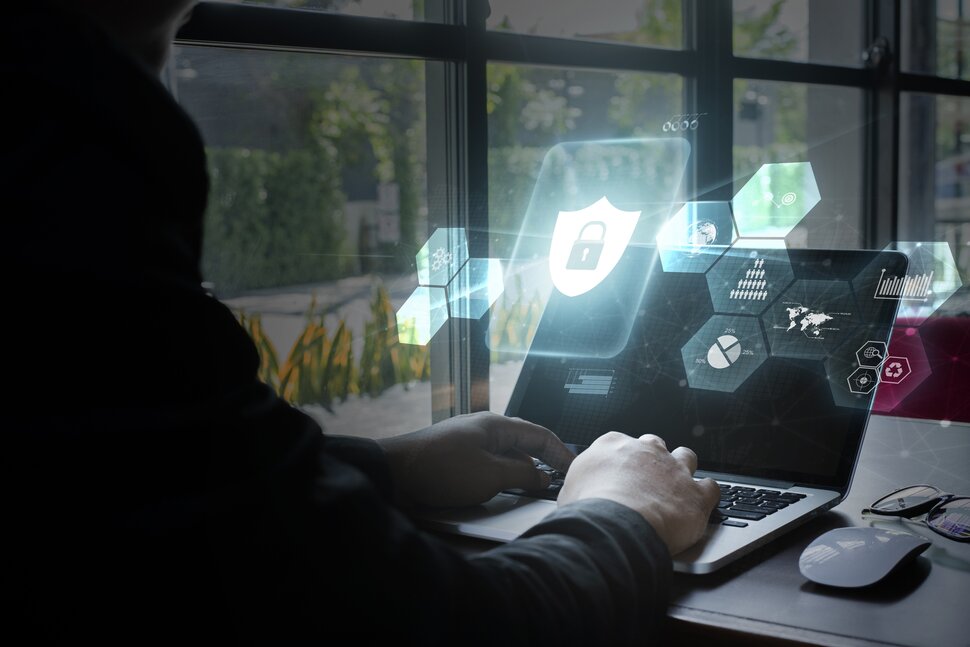Using an antivirus for business is a great way to protect your company from threats. It can be used to protect against both known and unknown malware. It can also protect against evolving malware variants. The antivirus compares a set of codes with information stored in its database. It also applies patches and updates behind the scenes. It can detect, flag, and remove viruses and fileless and signatureless threats. It also protects against phishing attacks.
Detects, flags, and removes viruses
Viruses can slow your PC, make it unsalvageable, or corrupt your hard drive. Luckily, there are programs to detect, flag, and remove these nefarious little bugs. These programs are usually free or cheap and can be downloaded from the internet. They scan incoming network traffic for malicious software and then alert the user if a virus is detected. They can also be configured to block specific files and prevent future infections. Viruses can be detected using several different methods, including signatures, scanning files, and scanning your entire hard drive. In addition, some best antivirus for business have features that automatically scan and remove infected files. Others have sophisticated antivirus algorithms that can be customized to detect specific types of malicious software. Detecting and removing malware is challenging, and in some cases, you have to reinstall your entire operating system to get the job done. It’s also a good idea to back up your data regularly. A data backup is a foolproof way to protect yourself from the crash or theft of your most important data.
Applying patches and updates behind the scenes
It is crucial to keep your software and applications smooth. They can also help protect your organization from security breaches. While software vendors typically issue patches, third-party providers can also release patches. Security patches are designed to fix code vulnerabilities that hackers can exploit. These vulnerabilities allow malicious outsiders to access private company data when not applied. These vulnerabilities can also lead to system-level failures and reboots. Patching is often a complex task, but it can also help reduce the risk of a data breach. While some updates can be automated through acceptance testing, others require a manual installation. When implementing patching, it is essential to follow a strategic approach. You can do this by tracking the progress of the process. You can also use the Pre-Patch Report to see an issue’s severity and which endpoints need attention. A vulnerability management tool can help you identify assets that are critical to your business. These assets can then be prioritized for remediation.
Protects against fileless and signatureless threats
Detecting and preventing fileless and signatureless threats requires a comprehensive security solution. The latest solutions include cloud-based and artificial intelligence-based detection techniques. They combined on-demand and scheduled scans, machine learning algorithms, and cloud-based asset management. These technologies also enable continuous behavioral monitoring, which delivers a comprehensive profile of client activity. It also provides an attack view, allowing the organizations to identify known and emerging threats. Traditional antivirus solutions are based on signatures associated with specific types of malware. These signatures can prevent further attacks of the same kind. But as attackers become more sophisticated, they have discovered ways to circumvent signature-based antivirus protection. Fileless malware attacks are becoming increasingly prevalent. The influx of fileless malware raises significant concerns for endpoint security. Unlike file-based malware, fileless malware does not leave a footprint on the hard drive and does not have a payload file to infect a computer. Traditional antivirus solutions cannot detect fileless malware and can’t generate signature definitions for this type of malware. Files a result, less malware has the potential to spread laterally across a network.
Protects against phishing attacks
Fortunately, there are several steps businesses can take to protect against phishing attacks. These steps include creating a phishing filter for emails inbound to the company and training employees to recognize phishing attacks. Phishing emails often contain fraudulent attachments. This can lead to valuable information being obtained by hackers or giving them access to multiple company accounts. Phishing is an attack that targets customers using email, phone calls, and physical mail. Unfortunately, it’s often difficult to stop since cybercriminals are creative and have unlimited time. Phishing can be detected and avoided by limiting privileges and ensuring employees have the least access necessary to do their job. Employees should also avoid clicking on malicious links. Adding browser add-ons can also help. One of the easiest ways to protect against phishing attacks is to train employees to recognize a phishing email. Companies should also implement systems for reporting phishing attacks. Another way to protect against phishing attacks is by implementing SSO or single sign-on so that employees can access the company’s systems with a single username and password. This effectively solves phishing attacks, eliminating the need to enter passwords manually.

 Why Your Link Building Efforts Might Fail
Why Your Link Building Efforts Might Fail  How to Request or Give Remote Control in a FaceTime Call on iPhone
How to Request or Give Remote Control in a FaceTime Call on iPhone  The Rise of Intelligent Automation in Business Operations
The Rise of Intelligent Automation in Business Operations  The Best Ideas for Designing Your Custom Printed Ring Binder
The Best Ideas for Designing Your Custom Printed Ring Binder  How Technology is Changing the Way We Play Hearts
How Technology is Changing the Way We Play Hearts  The Rise of Open Source: A Journey to Innovation and Collaboration
The Rise of Open Source: A Journey to Innovation and Collaboration  How SD-WAN Is Revolutionizing Business Networks
How SD-WAN Is Revolutionizing Business Networks  Effective Digital Advertising Strategies for Modern Businesses
Effective Digital Advertising Strategies for Modern Businesses  Tips for Marketing Dental Packages: Easy Ways to Grow Your Reach
Tips for Marketing Dental Packages: Easy Ways to Grow Your Reach 